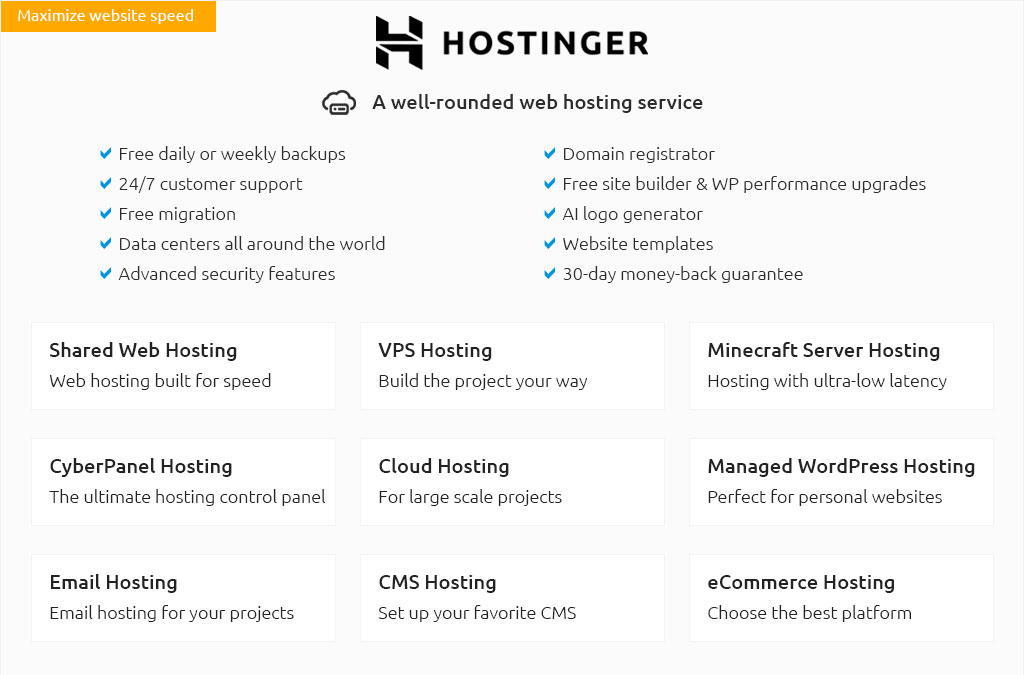 |
|||
 |
 |
 |
|
 |
|
 |
 |
 |
|||
 |
|||
 |
|||
 |
|||
 |
|||
 |
|||
 |
 |
How to Install WordPress on Your Website: A Step-by-Step GuideInstalling WordPress on your website can seem daunting, but with the right guidance, it becomes straightforward. This guide will walk you through the process, ensuring your site is up and running in no time. Preparation Before InstallationBefore you begin the installation, there are a few prerequisites:
Downloading WordPressVisit the official WordPress website and download the latest version of WordPress. This will be a zip file which you need to extract. Uploading WordPress to Your ServerUsing an FTP client, connect to your server. Upload the extracted WordPress files to the directory where you want your website to appear. Typically, this is the root directory, often named 'public_html' or 'www'. Creating a MySQL DatabaseWordPress requires a database to store all your content and settings. Follow these steps to create one:
Configuring the WordPress InstallationWith the files uploaded and the database ready, it's time to configure WordPress:
Congratulations, WordPress is now installed on your website! Post-Installation StepsSecuring Your SiteSecurity is paramount. Consider installing plugins for additional security measures. Installing Themes and PluginsEnhance your website's functionality and appearance by installing themes and plugins from the WordPress repository. This is easily done through the WordPress dashboard. For more information on hosting solutions, you can explore online website hosting options available to fit your needs. FAQWhat is the best hosting provider for WordPress?The best hosting provider for WordPress depends on your specific needs, such as traffic volume and budget. It's recommended to review multiple providers and read user reviews to find the best fit. Can I install WordPress without a domain name?While it's technically possible to install WordPress locally without a domain name, a registered domain is necessary for a live website accessible on the internet. How do I update WordPress?WordPress updates can be applied from the dashboard under 'Updates'. It's essential to keep WordPress, themes, and plugins updated for security and performance. https://www.reddit.com/r/Wordpress/comments/1fj4m08/look_i_dont_know_shit_how_the_hell_do_you_install/
Go to http://localhost/mywebsite and your wp instalation should run. Add info about database and website and proceed with the installation. If ... https://help.one.com/hc/en-us/articles/360000314205-How-do-I-install-WordPress-manually
Step 1 - Locate your database login details - Step 2 - Download WordPress - Step 3 - Extract the WordPress files - Step 4 - Connect to your web space via SFTP ... https://www.reddit.com/r/Wordpress/comments/1flj4ea/how_to_install_wordpress/
Once you do this, you have to edit the WP-config.php file with the db name and so on and once it's done, visit your website and you'd see the ...
|